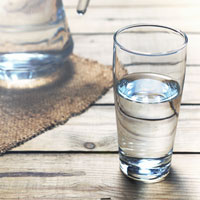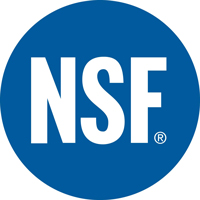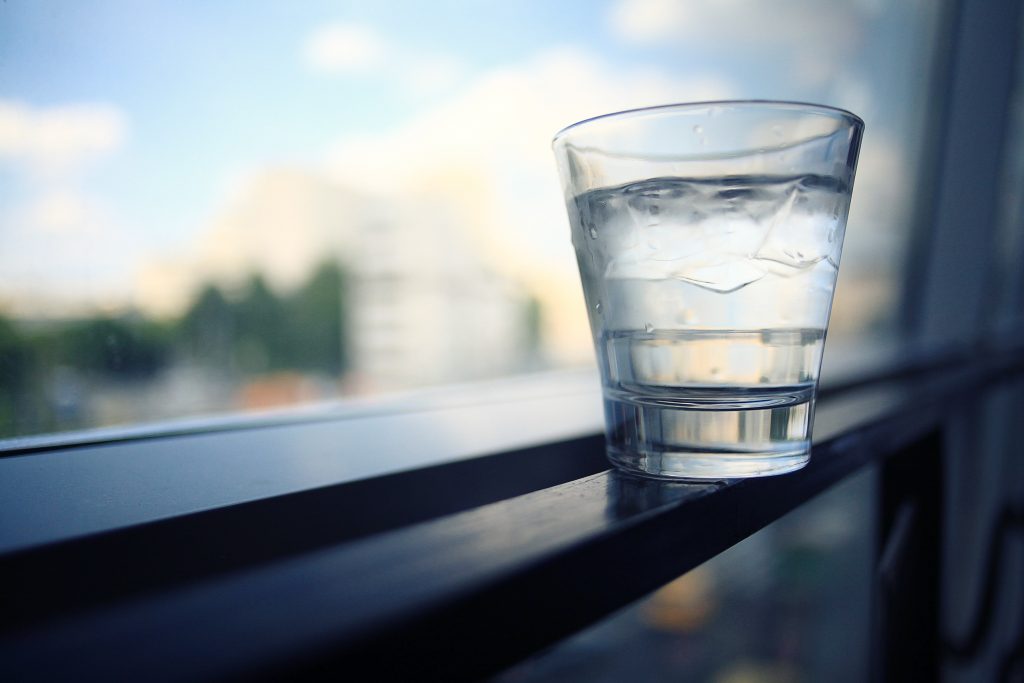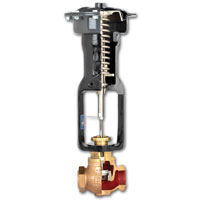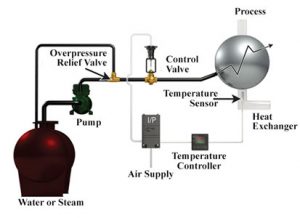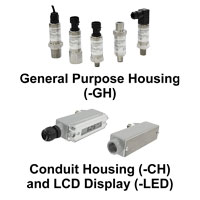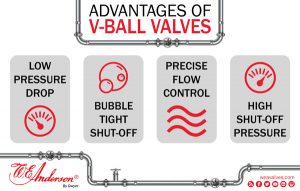
Introduction
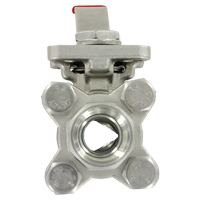 Ball valves are designed to be used in a variety of applications and markets, but a V-port ball valve offers the added ability to be used as a control valve where necessary. The main differentiator is a contoured V-port in the ball, most commonly available with a 15°, 30°, 45°, 60°, or 90° angle, which produces an equal percentage flow characteristic for better control. V-ball valves are known to offer a variety of advantages in flow control applications, especially when compared to larger and more expensive control valves. Continue reading “Advantages of V-Ball Valves”
Ball valves are designed to be used in a variety of applications and markets, but a V-port ball valve offers the added ability to be used as a control valve where necessary. The main differentiator is a contoured V-port in the ball, most commonly available with a 15°, 30°, 45°, 60°, or 90° angle, which produces an equal percentage flow characteristic for better control. V-ball valves are known to offer a variety of advantages in flow control applications, especially when compared to larger and more expensive control valves. Continue reading “Advantages of V-Ball Valves”

